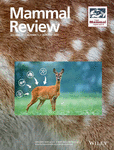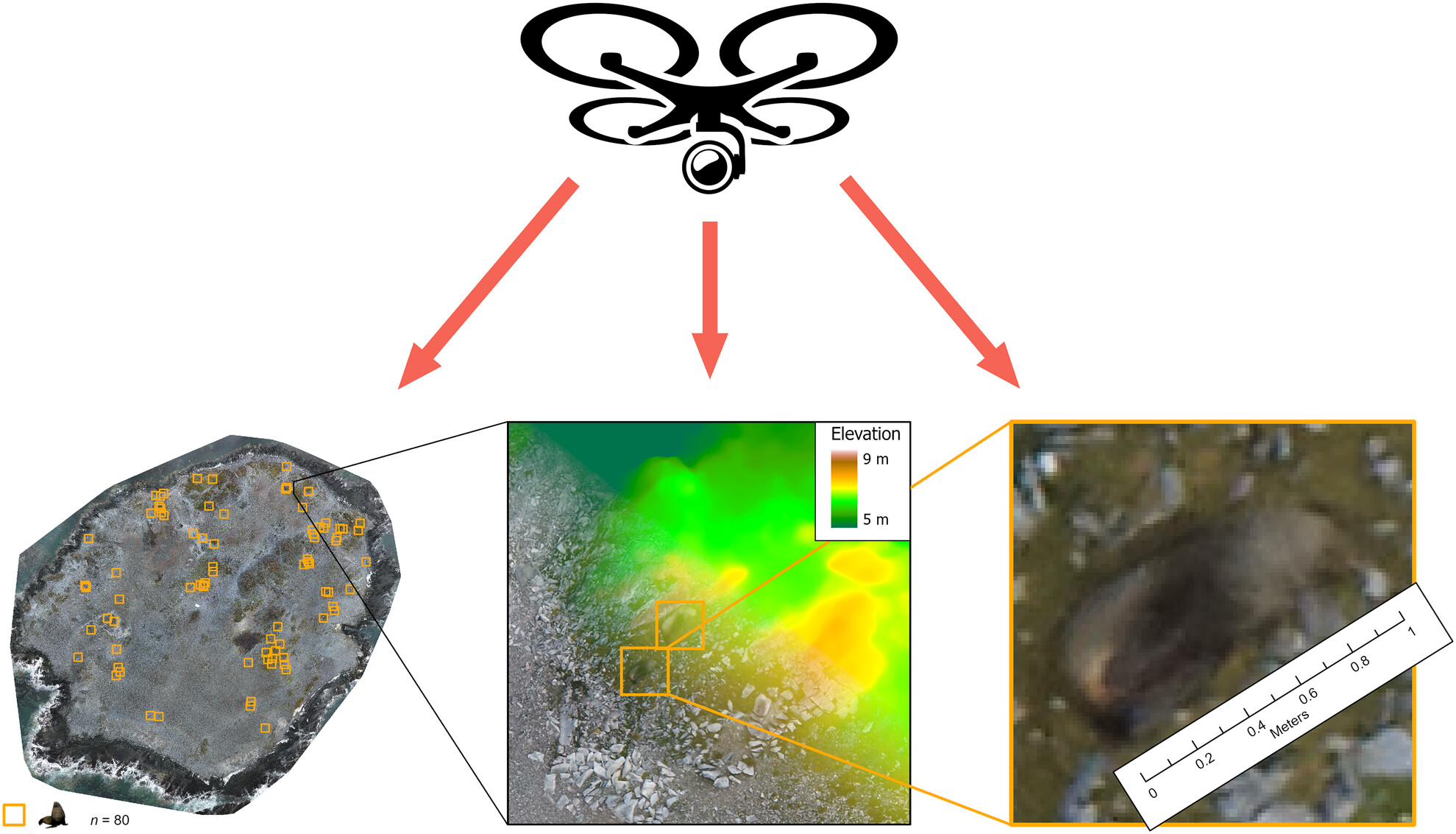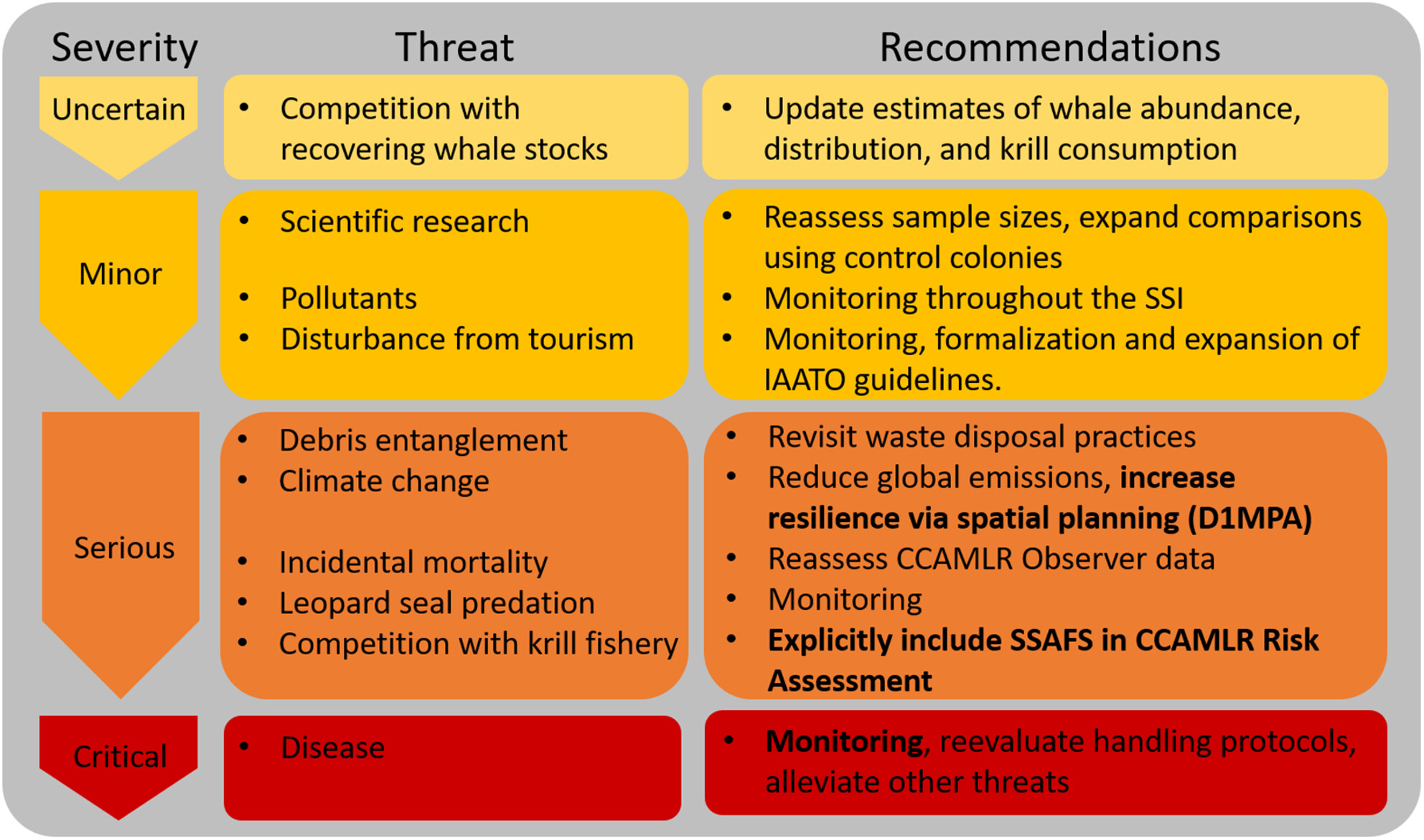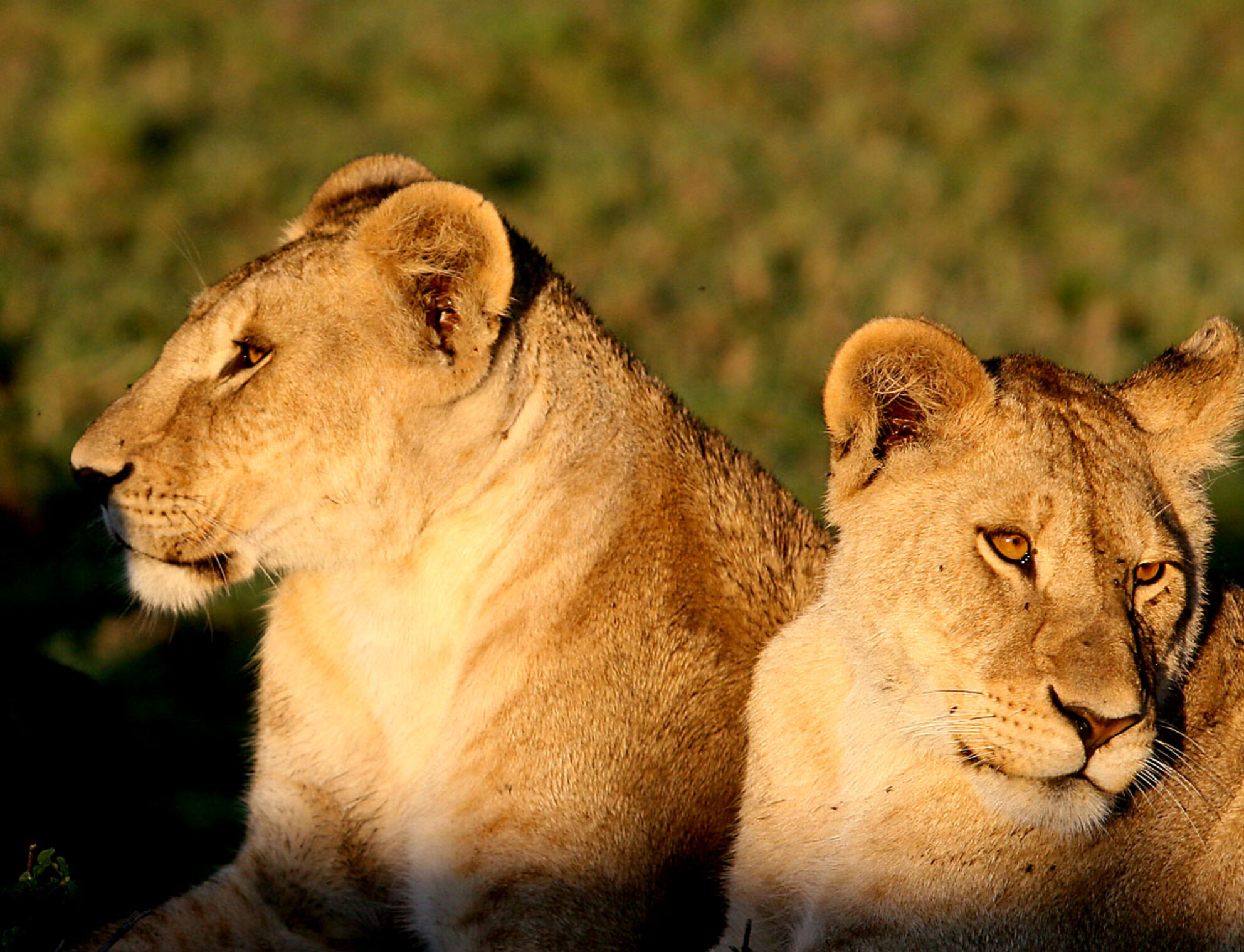Journal list menu
Export Citations
Download PDFs
Issue Information
Perspective
Growth and opportunities for drone surveillance in pinniped research
- Pages: 1-12
- First Published: 19 September 2023
Reviews
Unravelling the trophic guild structure of Neotropical Carnivora: diet specialisations, spatial variation and phylogenetic drivers
- Pages: 13-29
- First Published: 20 September 2023
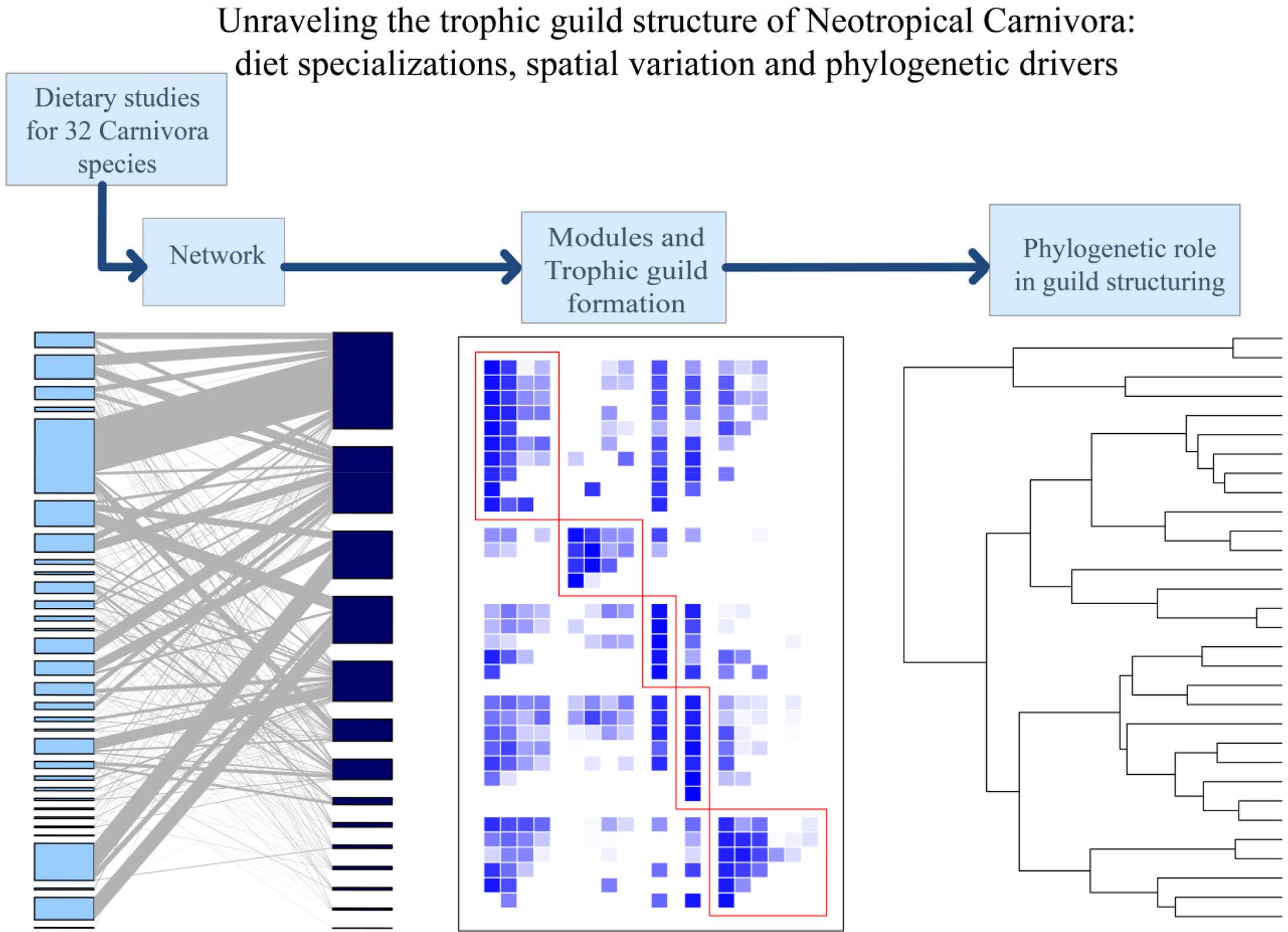
Compiling studies about Carnivora diet and evaluating trophic guild formation through network analysis, diet dissimilarity and overlapping, we investigated spatial variation in diet parameters and whether there are diet patterns. Further, we assessed the role of phylogeny in trophic guild structuring. The observed network patterns evidenced the central items in carnivorans' diet. Network analyses showed the existence of five modules that can relate to trophic guilds, and we detected that phylogeny was an important driver of dietary patterns.
Evaluating threats to South Shetland Antarctic fur seals amidst population collapse
- Pages: 30-46
- First Published: 04 October 2023
Reviews, Editor's Choice
A review of field techniques to estimate lion presence and abundance
- Pages: 47-62
- First Published: 11 October 2023
Reviews
Zoonotic disease classification in wildlife: a theoretical framework for researchers
- Pages: 63-77
- First Published: 13 October 2023
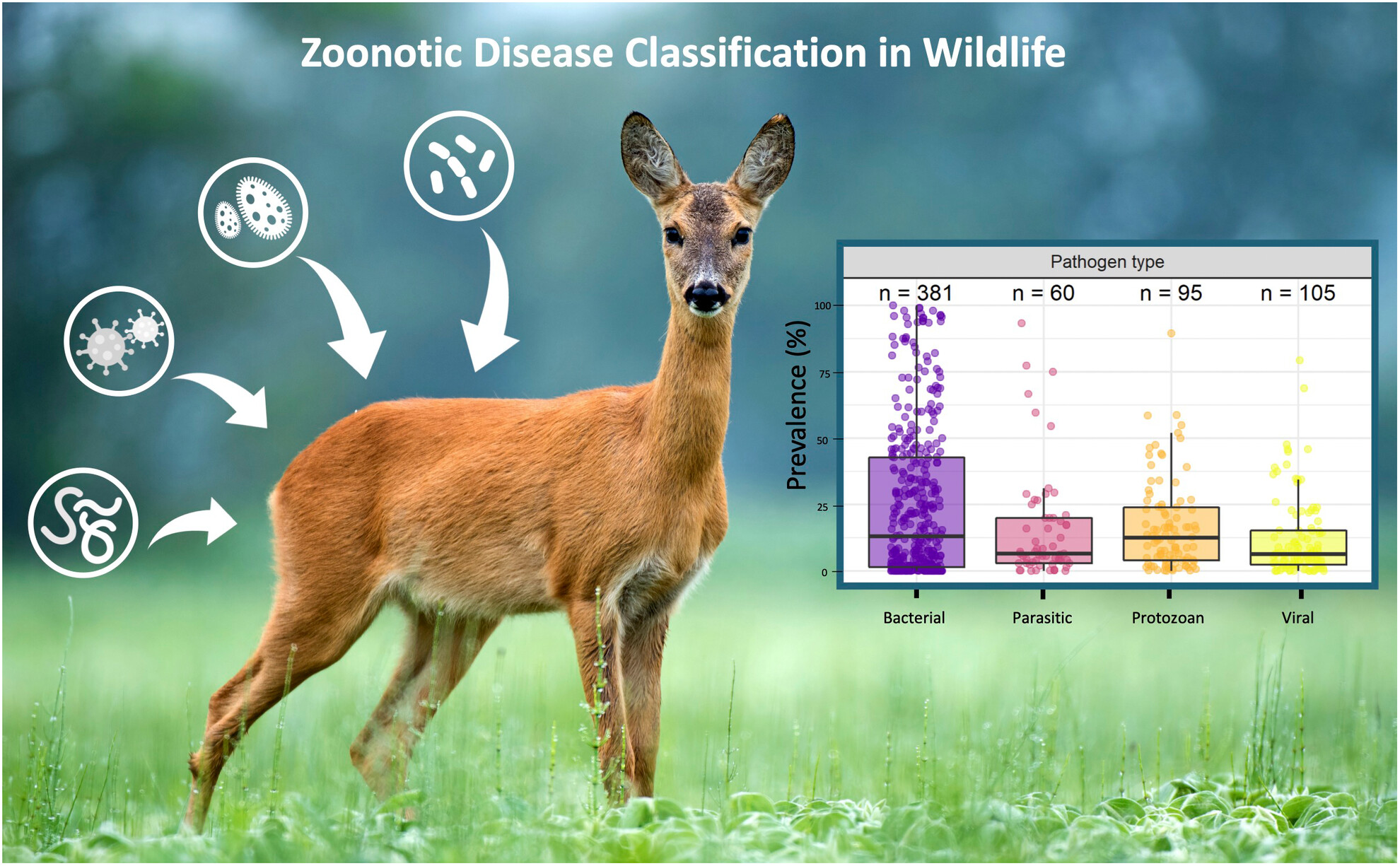
Classification systems are useful tools for aggregating diseases to study them in more detail. However, the current systems are mainly designed for use in health care and fail to capture many details of zoonotic diseases. The goal of this study was to develop a framework for the classification of zoonotic diseases which can generate data useful to their study, as well as to assist policy-makers and wildlife managers. Using the six wild deer species of the Britain and Ireland as an applied example, we demonstrate the use of this framework by carrying out a scoping review of the literature to examine the worldwide occurrence and prevalence of zoonoses in these species. Altogether, we found 120 zoonotic pathogens occurring in these deer species which were then classified based on our framework. The most prevalent pathogen types were bacterial, followed by virus, protozoa and parasites.
Paternal influences over offspring sex ratio in mammals – tested hypotheses and potential mechanisms
- Pages: 78-91
- First Published: 12 October 2023

There is some evidence that mammalian males CAN impact the ratio of sons to daughters born (viz offspring sex ratio). The 1:1 ratio is thought to be an evolutionarily stable strategy, but there are exceptions. However, there are still no clear answers to basic questions on why this phenomenon happens and through which mechanisms it could be regulated. Mothers can directly impact the developing embryos in mammals. Fathers deliver only sperm, but despite this, they possess mechanisms that act from the males' meiosis up to the early stages of offspring development in the maternal environment.




